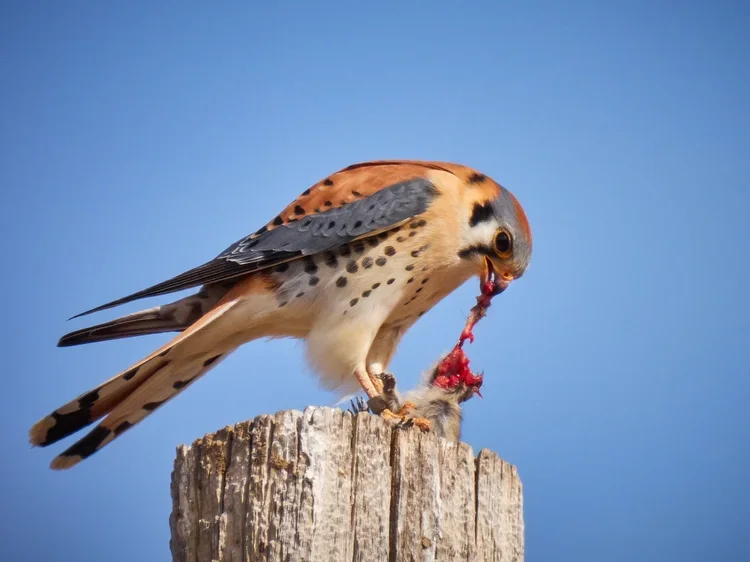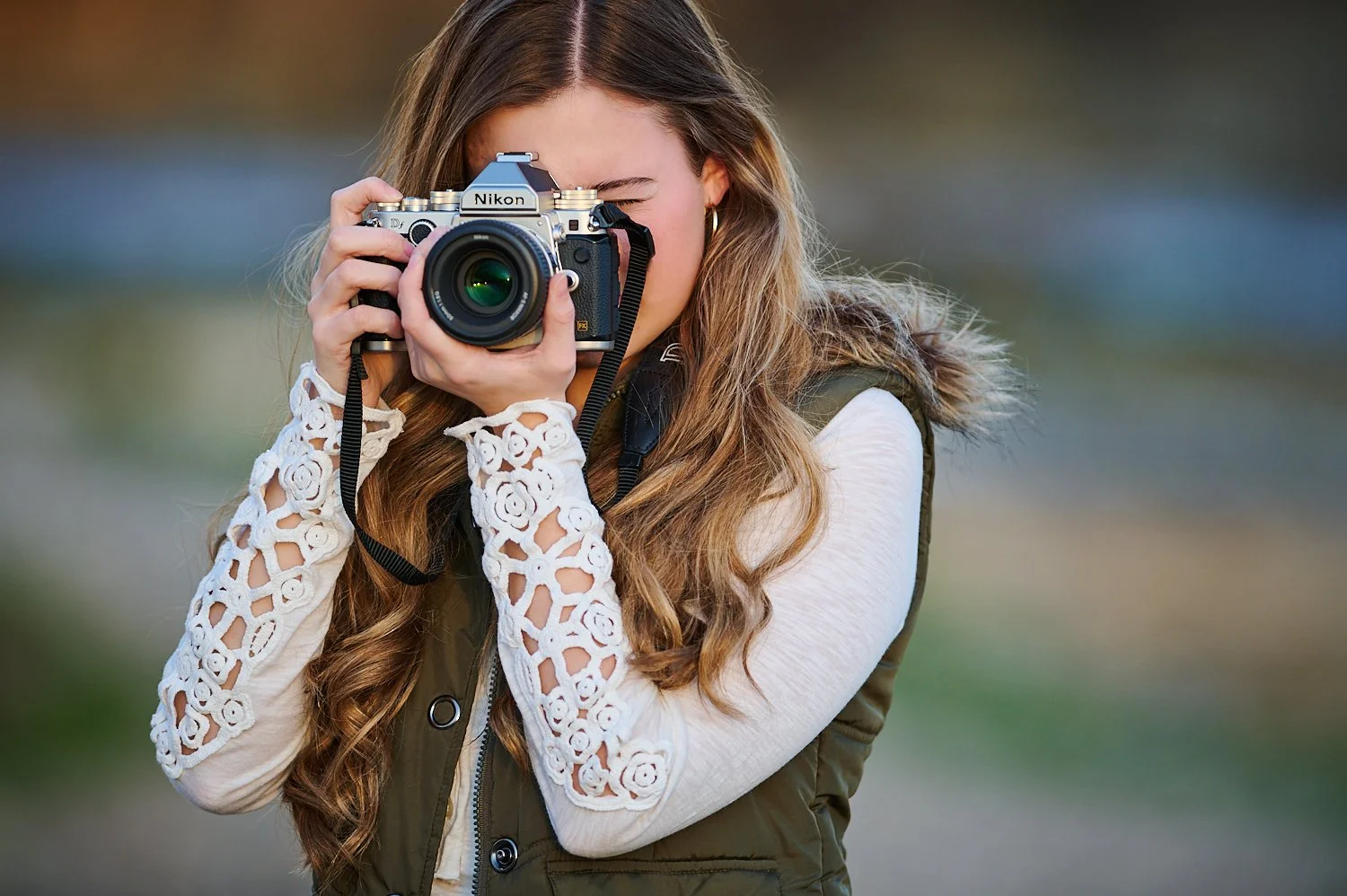Photographing US Youth Soccer’s National Championship Series Regional and Presidents Cup Regional Tournaments with the Nikon Z6, Z8, and Z9 Cameras
Search all of Robert G Allen Photography articles:
As in year’s past, I was lead photographer for the 2023 US Youth Soccer events in June in Boise Idaho. Shooting along with a US Youth Soccer staff photographer, we covered numerous games, bouncing from one soccer field to the next as we strived to provide as much coverage as possible among the 20 soccer fields riding on a golf cart between games over a four day period.
I decided to use all 3 of my current Nikon mirrorless cameras; The Z6, Z8 and Z9 and all with Nikkor F mount adaptive lenses using the FTZ II adaptor. I will break down the post into 4 sections, one for each camera and my overall assessment.
The Nikon Z6:
Since the Z6 is so light, I wanted to keep it consistent so I chose a light lens to go with it, the Nikkor AF-P NIKKOR 70-300mm f/4.5-5.6E ED VR Lens. For all three cameras, I used the same focus mode: AF-C continuous using wide dynamic area. Normally, for these types of assignments, in the past, I have used AF-C with 3D autofocus when using my D6. The D6 just somehow knew where to focus (like we hear about Sony cameras). However, I found that when shooting for a client, I couldn’t risk the AF picking the wrong subject or jumping to the background when capturing critical fast action subject matter. Rod Mare, Nikon ambassador, also uses Wide Dynamic Area AF for most if his action shooting. I have to agree, just point the center of the view finder to what you want to capture, and it worked like a charm. No jumping to the background or focusing on the wrong part of the frame. Also, this focus mode is available on all 3 cameras so it was easy to change between them and have predictable outcomes.
Nikon Z6, 70-300mm Nikkor f mount lens, ISO 160, 82mm, 1/1600 sec at f/4.5
I was suprised how well the AF-P NIKKOR 70-300mm f/4.5-5.6E ED VR Lens did on the Z6. I would say the resulting photos appeared sharper then what I remember when used on Nikon DSLRs.
Nikon Z6, 70-300mm Nikkor f mount lens, ISO 1400, 175mm, 1/1600 sec at f/5.3
One difference I noticed when comparing the 3 cameras is that the Z6 was the slowest at acquiring initial focus (to be expected with the Z6). However, once focus was acquired, it did a surprisingly great job keeping up with the action.
Nikon Z6, 70-300mm Nikkor f mount lens, ISO 1250, 240mm, 1/1600 sec at f/5.6
Nikon Z6, 70-300mm Nikkor f mount lens, ISO 800, 300mm, 1/1600 sec at f/5.6
Nikon Z6, 70-300mm Nikkor f mount lens, ISO 125, 70mm, 1/1600 sec at f/4.5
One advantage of the Z6 is that on some images, depending on light levels, the ISO jumped up a little to hold the constant shutter speed of 1/1600 but the resulting files were always very clean. Overall, the Z6 performed great and was a lighter alternative to the larger and heaver Z8 and even heaver Z9.
The Nikon Z8:
Like the Z6, I used the Z8 with adaptive f mount lenses, mostly with the Nikkor AF-S NIKKOR 80-400mm f/4.5-5.6G ED VR Lens. Again, this combination worked great and offered a very versatile zoom range. The focus mode for all of these images was the same as used with the Z6, AF-C with wide dynamic area.
Nikon Z8, 80-400mm Nikkor f mount lens, ISO 560, 102mm, 1/1600 sec at f/4.8
There is something to be said about using prime lenses, usually sharper and quicker to focus but I would never have been able to get this shot above with a telephoto prime.
Nikon Z8, 80-400mm Nikkor f mount lens, ISO 900, 400mm, 1/1600 sec at f/5.6
Nikon Z8, 80-400mm Nikkor f mount lens, ISO 1400, 220mm, 1/1600 sec at f/5.3
Nikon Z8, 80-400mm Nikkor f mount lens, ISO 900, 320mm, 1/1600 sec at f/5.6
Nikon Z8, 80-400mm Nikkor f mount lens, ISO 360, 400mm, 1/1600 sec at f/5.6
One thing I noticed about both the Z8 and Z9 was that as long as I started to track my subject prior to it being behind the soccer net, it stayed locked onto the subject despite having a very distracting net in front of the player, very impressive!
The Nikon Z9:
For Nikon’s Z9, I was expecting perfection no matter how fast the players were moving and I was not disappointed. Focus acquisition was fast and spot on and my hit rate was slightly better than the Z8 but just by a tad.
Nikon Z9, 200-500mm Nikkor f mount lens, ISO 320, 500mm, 1/1600 sec at f/5.6
With the Z9, I thought it was time to step up to the Nikkor AF-S NIKKOR 200-500mm f/5.6E ED VR Lens. This package was just spactacular to use, a little on the heavy side but worth every pound.
Nikon Z9, 200-500mm Nikkor f mount lens, ISO 360, 500mm, 1/1600 sec at f/5.6
One challenge with the 200-500mm lens is the amount of twisting you have to do to go from 500mm to 200mm or vice versa. That’s one advantage the new Nikkor 180mm to 600mm Z lens, a very short 70 degrees to go from its minum to its maximum focal range. This would have been very helpful when your intended target was mid field at one moment, and the next they are practically on top of you.
Nikon Z9, 200-500mm Nikkor f mount lens, ISO 280, 500mm, 1/1600 sec at f/5.6
Nikon Z9, 200-500mm Nikkor f mount lens, ISO 250, 500mm, 1/1600 sec at f/5.6
The Z9 and the 200-500mm proved to be a leathal combination with super fast autofocus and great background rendering. In years past, I have used the f mount Nikkor 600mm f/4 lens with the D6 but when comparing the results between the 600mm and the 200-500mm, yes, the 600 had a great creamy background and focused wickedly fast, however, the difference didn’t justify the extra weight and size of the 600mm f/4 (and expense!).
Nikon Z9, 200-500mm Nikkor f mount lens, ISO 400, 300mm, 1/1600 sec at f/5.6
Overall Assessment:
All 3 cameras performed as expected. The Z9 a tad better then the Z8 with the Z8 performing better than the Z6 but not by a long shot as expected. The Z8’s and Z9’s 20 fps certainly increased my success rate over the Z6’s meager 12 fps but at the same time, I was perfectly happy with what I captured with the Z6. And considering how light the Z6 is with the Nikkor f mount 70-300mm combo, it was a joy to shoot with.
One thing I should mention is that the battery usage of the Z8 was a little distracting since it required constant monitoring of the battery level. I typically used 3 batteries in the morning and 3 in the afternoon (shooting from 8AM to around 5PM each day with a one hour break). I have quite the collection of EN-EL15 series batteries from over the years so having 6 batteries on hand is not a problem for me but I can see for others, that may be a stretch in terms of cost.
Out of all 3 cameras, the Z9 (with firmware 4.0) was the most impressive. It just nailed AF and it’s autofocus acquisition speed left me with full confidence that no matter where I pointed the camera, it was going to immediately lock on and get the shot.
Let me know in the comments your thoughts about the resulting images and, if you use Z cameras with f mount lenses, what your experience has been.






























Within a few days of taking delivery of the complete professional f/2.8 zoom trio, Nikon announced the new NIKKOR Z 24-70mm f/2.8 S II, replacing the original NIKKOR Z 24-70mm f/2.8 S lens I had just purchased. For now, I’m staying with the original 24-70 f/2.8 Z lens for now, mostly due to the price difference. Once the novelty wares off and the price comes down on the new version, I’m sure I will eventually purchase the II version and sell the original one.